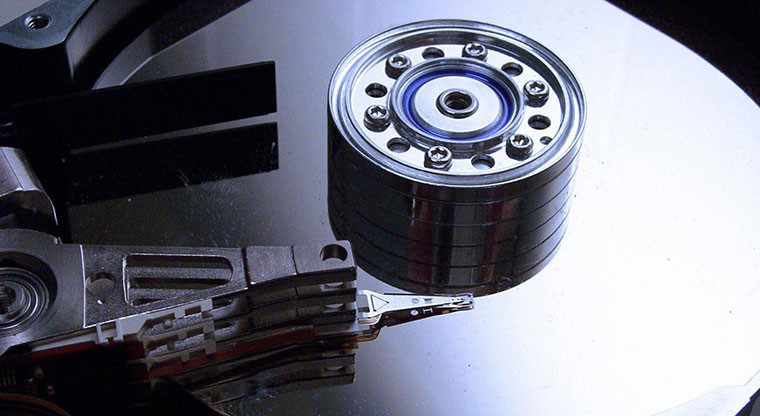This week in science is a review of the most interesting scientific news of the week.
Potatoes on Mars
The International Potato Center (CIP, in Spanish) is a root and tuber research-for-development institution that aims at sustainable solutions to world problems such as hunger, poverty, and the degradation of natural resources. That is why they have developed the Potatoes on Mars project, which is a series of experiments to determine if potatoes can grow under Mars atmospheric conditions.
In order to create those conditions, engineers from the University of Engineering and Technology (UTEC) in Lima have developed the CubeSat contained environment in partnership with NASA’s Ames Research Center (NASA ARC) in California. The preliminary results from the latest experiment, which started on February 14, are positive. According to Julio Valdivia-Silva, a researcher at UTEC in Lima and who has previously worked at NASA ARC:
“If the crops can tolerate the extreme conditions that we are exposing them to in our CubeSat, they have a good chance to grow on Mars. We will do several rounds of experiments to find out which potato varieties do best. We want to know what the minimum conditions are that a potato needs to survive.”
The CubeSat environment is hermetically sealed to avoid interference from the exterior environment and is constantly monitored by sensors to maintain the Martian conditions. Also, live streaming cameras are used to record the soil, which can be accessed here, and the results from the initial plant growth, from February 16 to March 5, can be watched below.
Finally, the experiment also wants to determine if tubers can grow in extreme conditions on Earth, such as those developed due to the climate change. Therefore, the project’s success would mean not only the possibility of growing food outside of our planet, but it would also mean increased capability to grow it here.
Source: Phys.org
Here is the first synthetic cell receptor
Cells in living organisms communicate with their surroundings by using receptor molecules that respond to chemical messages. Those molecules are embedded in the cells’ outer membranes and, once connected to a specific messenger, set off a cascade of chemical events inside the cell.
Researchers from the University of Bristol have created the world-first synthetic cell receptor, which can embed itself into the membrane of vesicles and can also respond to chemical signals. According to Professor Jonathan Clayden, from the University of Bristol's School of Chemistry:
“The discovery that artificial molecules can respond to chemical signals in this way raises the possibility that the natural communication pathways used by cells could be added to or bypassed.”
As can be seen from the image above, the synthetic receptor responded to both agonist and antagonist types of signals, which means it could be turned on and off, such as a natural receptor.
In the future, Professor Clayden predicts we could be able to create artificial cells designed to synthesize valuable materials or medicines, which would be controlled by the artificial receptors. Furthermore, we could even embed those receptors in human cells to treat specific medical conditions caused by faulty cellular communications.
Source: Phys.org

Anesthesia under review
The main scientific hypothesis of how anesthesia works on a cellular level is being debunked by a new study released by scientists from Cornell University. According to Dr. Hugh Hemmings, co-author of the study and chair of the Department of Anesthesiology at Weill Cornell Medicine:
“We have debunked a century-old hypothesis and finally have proof that these anesthetics must have a direct effect on integral membrane proteins – and not an indirect effect on proteins through the lipid bilayer – to put patients in a coma-like state, allowing them to undergo painful procedures with no memory or pain.”
The old hypothesis considered the lipid bilayer from a cell’s membrane as the responsible for interacting with the drugs and therefore inhibiting the electrical communications between neurons and bringing patients to the coma-like state. But per this study, the modern hypothesis of an interaction mediated by membrane proteins would be more accurate, such as ion channels.
The scientists have created a model cell with a specific receptor embedded into its membrane that responded to changes in the lipid bilayer properties and that could transport ions through the membrane. Because no receptors for the anesthetics were present, any change in the transport of those ions would be due to changes in the bilayer itself.
To detect the movement of the ions, the scientists have used fluorescent dye as a visual signal inside the cell, that would be modified when ions moved through the channel. But the result was that none of the anesthetics, at clinically relevant concentrations, changed the ion movements through the channel. Therefore, the anesthetics haven’t changed the bilayer, which contradicts the old hypothesis.
Finally, the scientists have shown that only when anesthetics reach concentrations much higher than clinically relevant, they change the lipid bilayer of the membrane, which could be an explanation to the dangerous side effects of those drugs.
Source: Phys.org

IBM researchers store data on individual atoms
As reported here at Neowin last Thursday, IBM and Swiss scientists were able to create a single-atom magnet that is both stable and capable of holding its polarity. One of the possible applications for this new technology would be to store data more efficiently than we are capable of doing today. Furthermore, possible nanotechnology applications are also being examined by the scientific community.



















1 Comment - Add comment